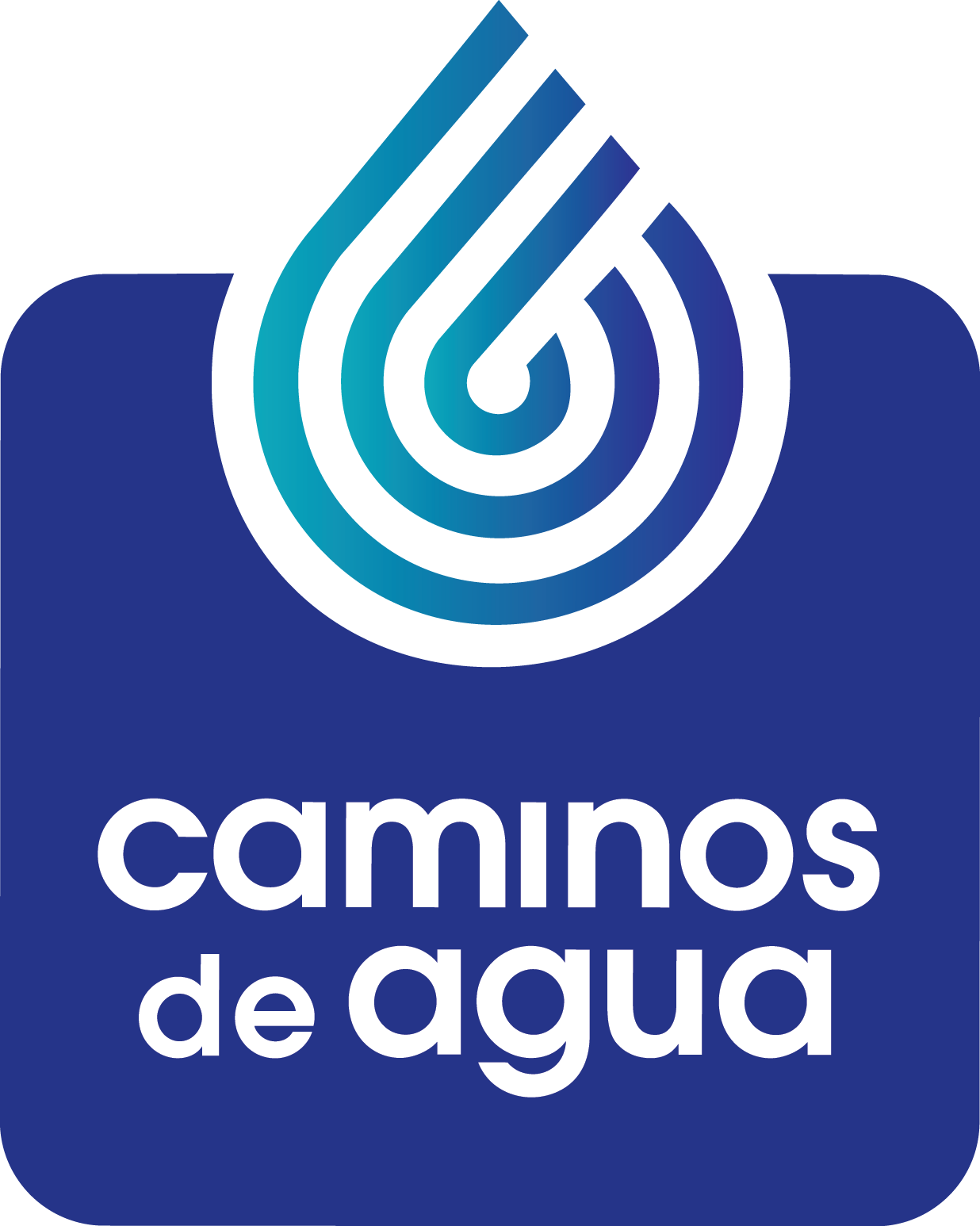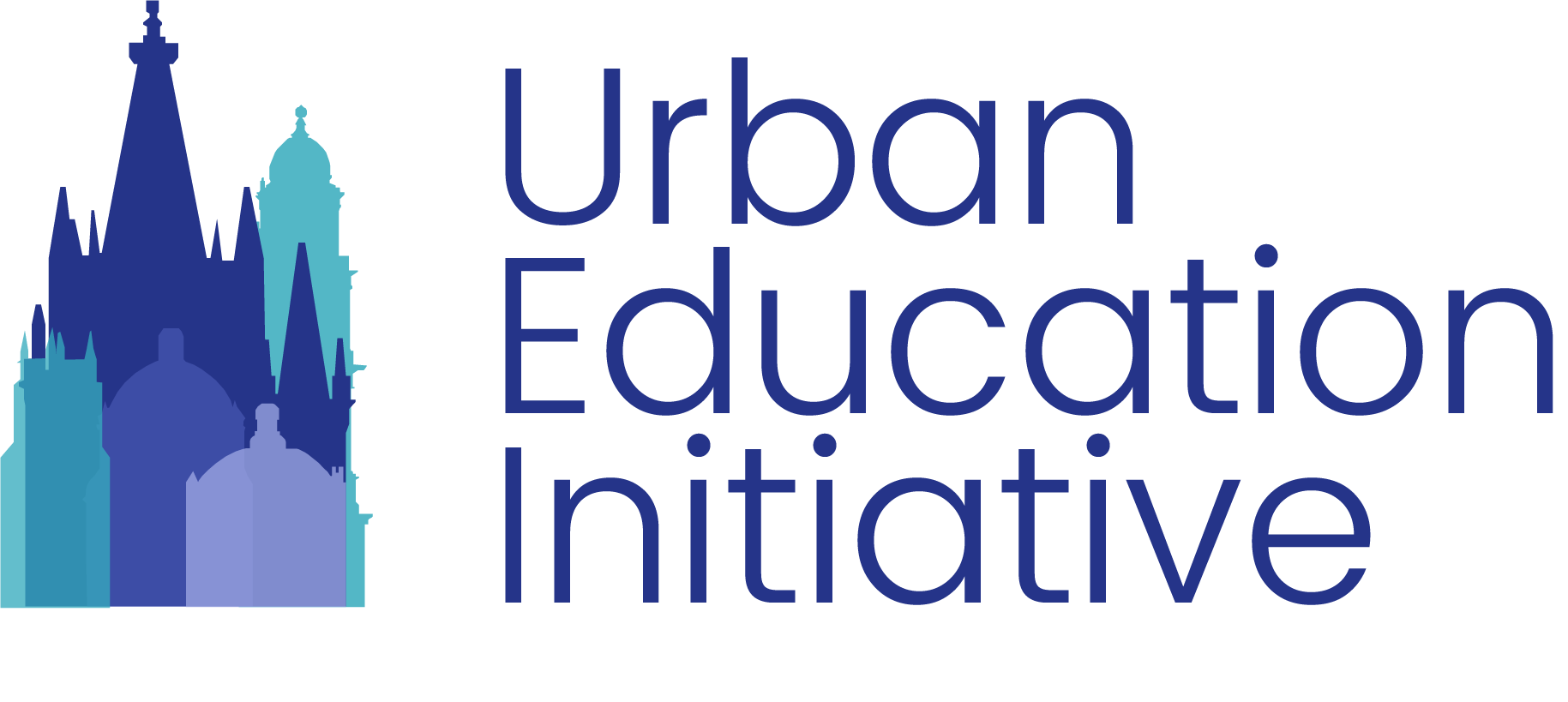Photo: The Allende Reservoir (Presa Allende) the main water reservoir in San Miguel de Allende is pictured above, April 2021. The reservoir is at 15% of its total capacity.
The Urban Side of Our Water Crisis
The Upper Rio Laja Watershed, where San Miguel de Allende is located, is the main water reservoir for more than 680,000 people throughout northern Guanajuato State. We are experiencing an acute water crisis in this region due to the overexploitation of the aquifer, our shared water resource, mostly due to export-agricultural producers, which consume up to 85% of the total water available in the region. According to the State Water Commission, the water table is dropping by 2 to 3 meters (~7 to 10 feet) a year – some of the most over-extracted water on the planet, making water increasingly more scarce and even causing wells to go dry.
These increasingly severe water scarcity conditions are forcing us to dig wells deeper and deeper in order to reach the water table. In both rural and urban areas alike, we have begun extracting water highly contaminated with arsenic and fluoride at these depths, where these naturally-occurring chemicals are more abundant. The health effects related to the consumption of arsenic and fluoride are well documented, leading to dental and skeletal fluorosis (browning of the teeth and bones become brittle and deformed), cognitive and learning disabilities in children, chronic kidney disease, and several types of cancers.
Many people seem to be unaware that San Miguel de Allende, and the other cities in our watershed, depend on this exact same water and are in no ways spared from these extremely complex problems. It’s clear to us that the time has come to educate residents about the current and future risks as well as what can be done on both personal and community levels to assure the future of our finite water resources. We simply cannot ignore the urban side of our water crisis any longer.
Visualizing the Crisis
The pictures below show the Allende Reservoir (Presa Allende) in February of 2001 and February of 2021. A radical decrease of its normal maximal water levels has occurred due to overexploitation from the agricultural industry. As such, the agricultural exporting industry uses up to 95% of water available yearly in the Municipality of San Miguel de Allende. In 2021 Mexico is suffering a severe national drought, but in semiarid places like San Miguel the crisis is much more dramatic. According to the National Water Commission (CONAGUA in Spanish) the Allende Reservoir the Allende Reservoir is at 15% of its total capacity, the lowest it’s been in years. Places like San Miguel, and other municipalities in the Upper Rio Laja watershed, cannot sustain this agricultural exploitation, there’s simply not enough water.
Creating Solutions
There is no time to waste, these water issues are increasingly affecting our cities. In response we feel deeply committed in building awareness and educating residents about the current situation and the ways they can help in mitigating this crisis. To achieve this critical goal, Caminos de Agua is starting a new “Urban Education Initiative,” which we will launch in San Miguel de Allende in September of this year. Through this initiative we will be:
sharing the results of our Urban Water Monitoring Program by neighborhood,
conducting community workshops,
building model solutions designed for urban residents,
distributing new educational materials, and more.
All in an effort to help community members understand what their current circumstances are as well as how to organize and begin taking action.
Hello, World!
Photo: A truck carrying water extracted from the Allende Reservoir. April 2021.
Investing in the Future of San Miguel
The costs of building this initiative and executing it are many, but the need for decisive action is rapidly increasing, and we cannot wait. So, we are asking all those who are stakeholders in the San Miguel community, and all those who love San Miguel as the special and unique place it is, to contribute to our special fund to help us make this important program possible.



